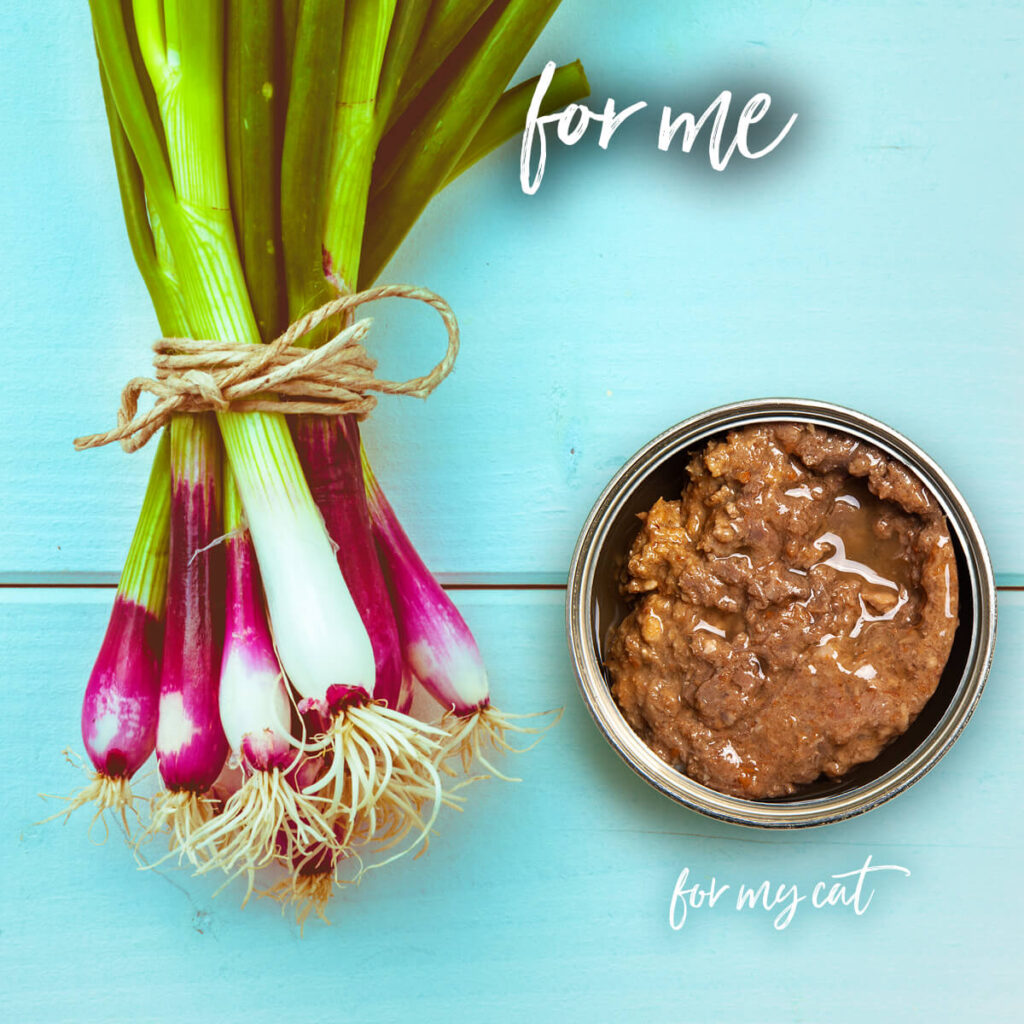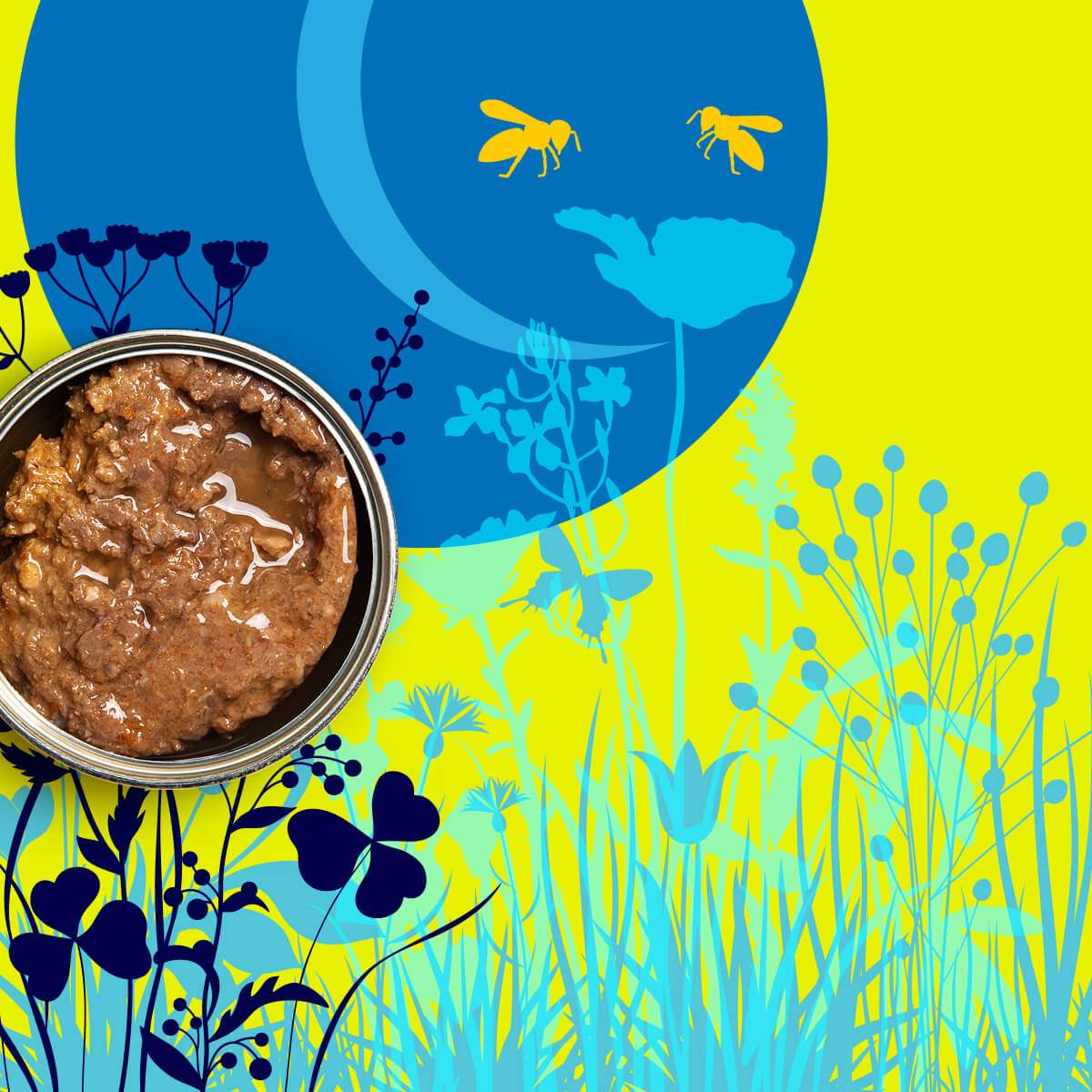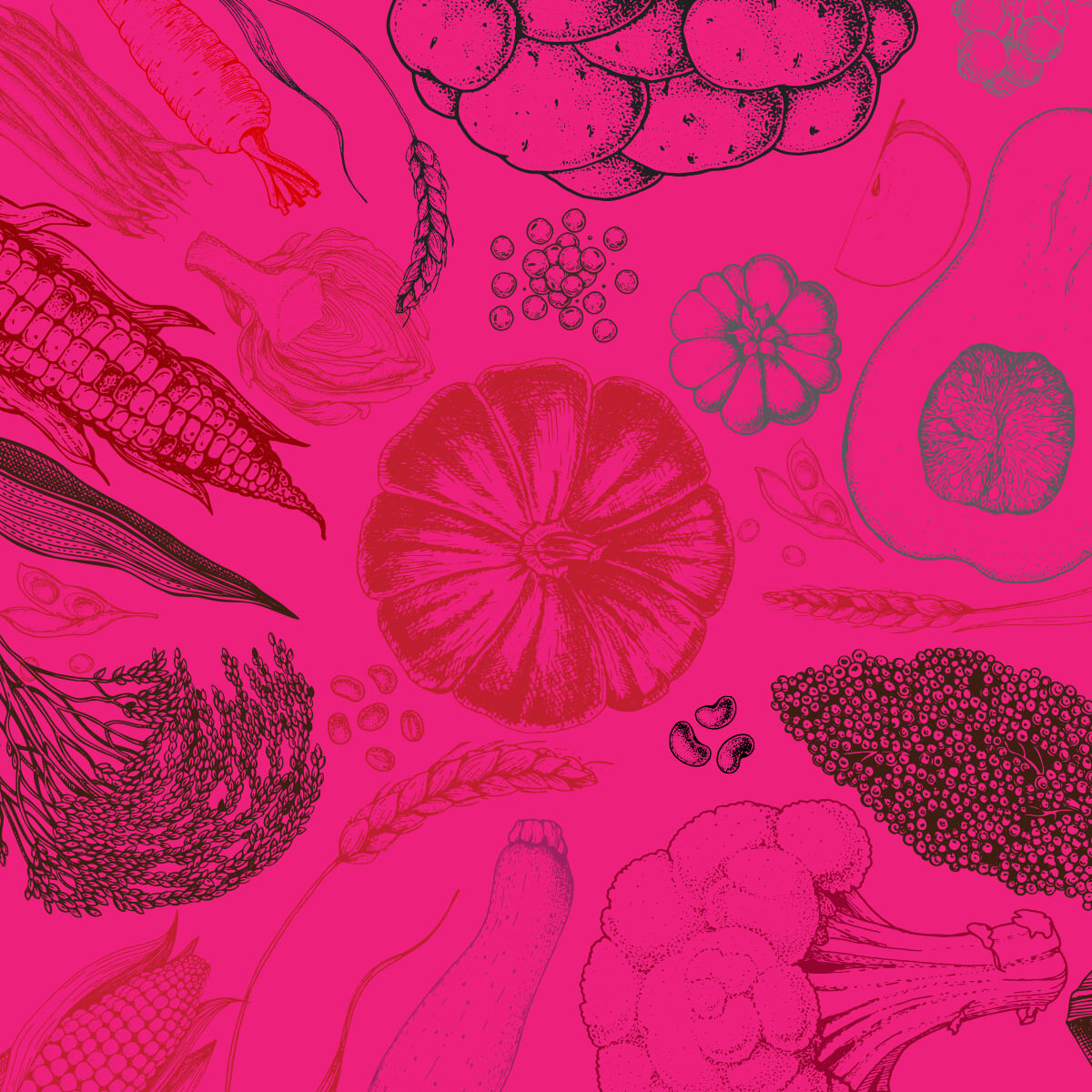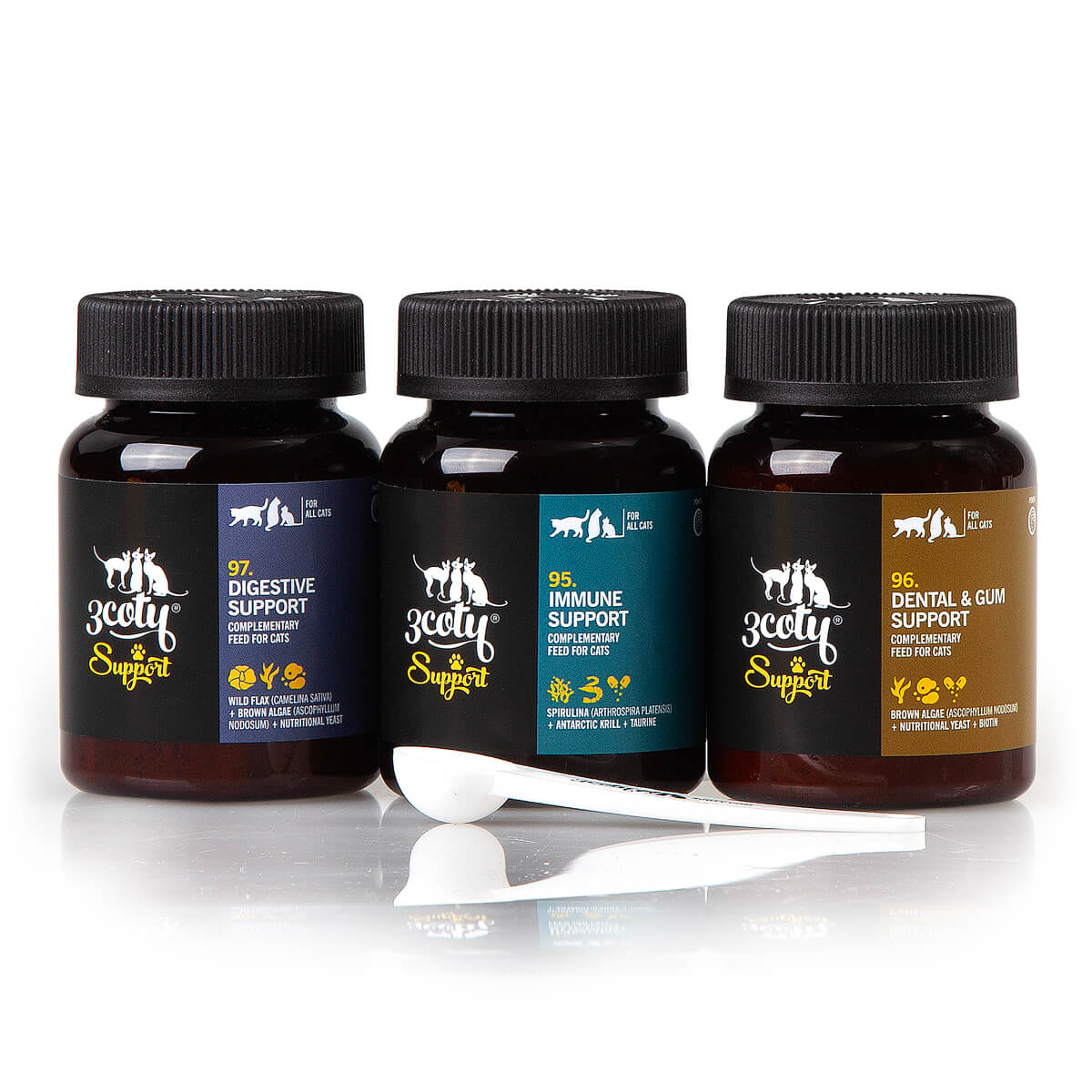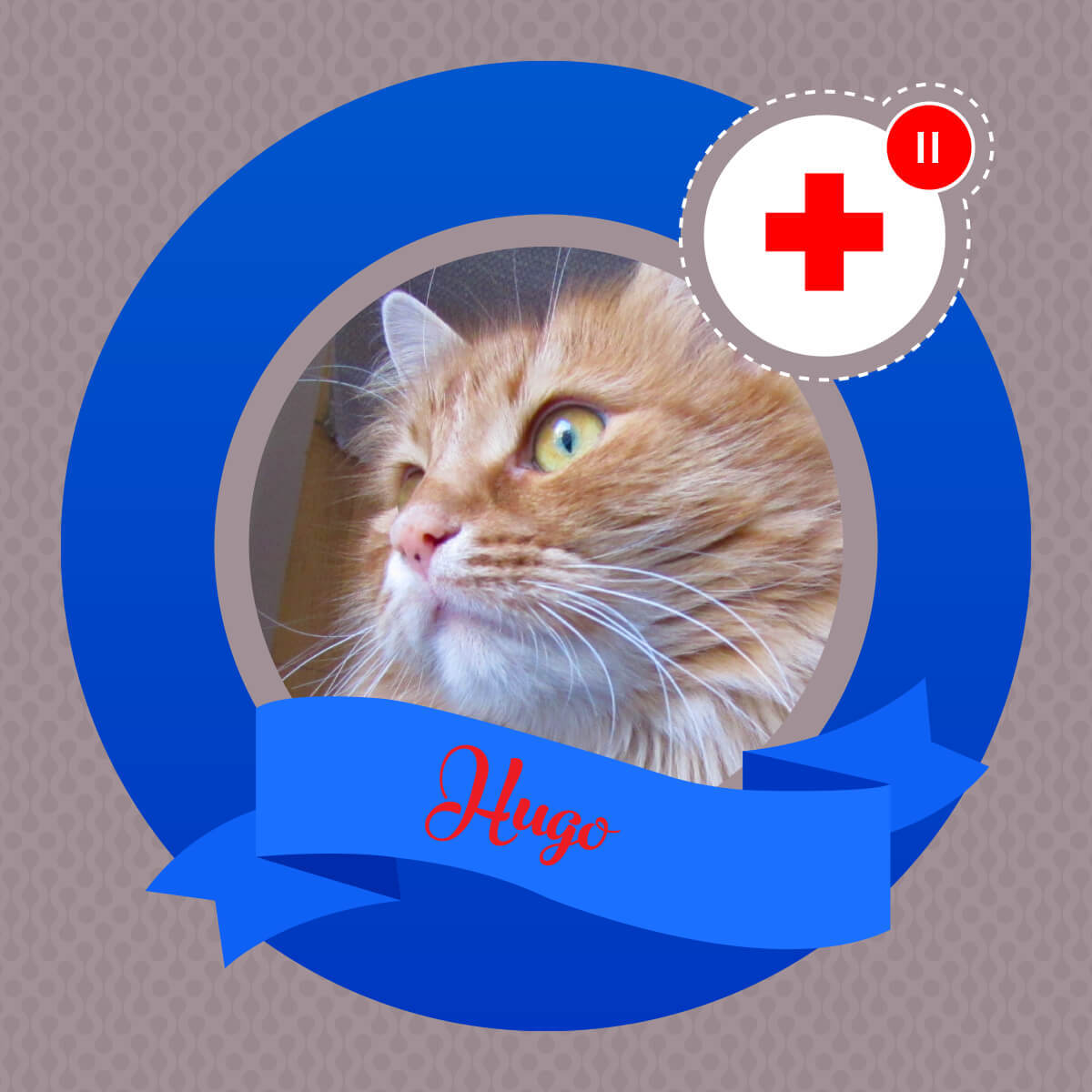Slight colour differences at the top of the tin
At 3coty® we pride ourselves on making 100% natural food made from 100% meat. This means that we do not add any preservatives, colourants or stabilisers to our food. In the wild, a cat would not get any of these, so why should they get them in your home?
To make sure that our food stays free from bacteria or other contaminants, we use a sterilization process. Each tin goes through this process after it is filled and closed. For the process to work and not damage the tins, a small layer of air needs to remain at the top of each tin. It compresses during the sterilization and expands again afterwards.
This thin layer of air contains oxygen. The food at the top of the tin touches the air with the oxygen, not the tin, resulting in oxidation. This is a natural reaction of meat with oxygen and can result in a slight difference in colour. Like an apple turning brown, the oxidation of our food does not affect the quality of the food or its flavour. We do not want to add anything artificial or antioxidants which are not naturally in cat food into our tins to hide this effect. Cats have limited colour perception (see our blog on colours) so the small colour change makes no difference to them. In line with our values, we want to be honest and share our knowledge.
Did you know that our tins have a shelf life of 27 months? So you can stock up now.
Did you know?
The word oxidation comes from oxygen. It describes a natural process that occurs when oxygen in the air reacts with another substance, such as meat or fruit. This gentle reaction changes how the surface reflects light, which is why food can appear slightly darker or turn brown when exposed to air. The change is only visual and has no effect on taste, freshness or nutritional value. Because 3coty® foods contain no preservatives or artificial antioxidants, this natural process is sometimes visible and shows that our recipes remain as pure as nature intended.
